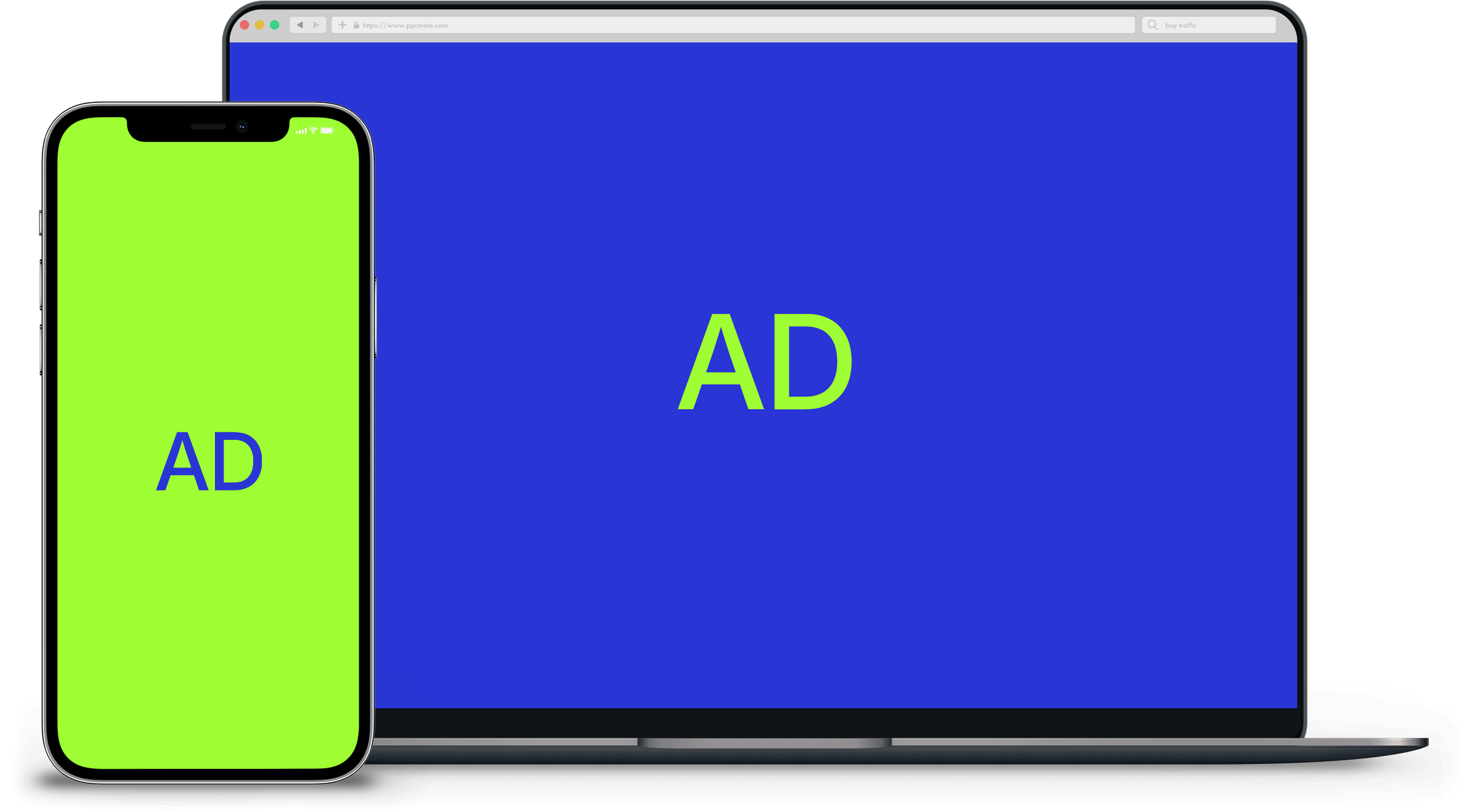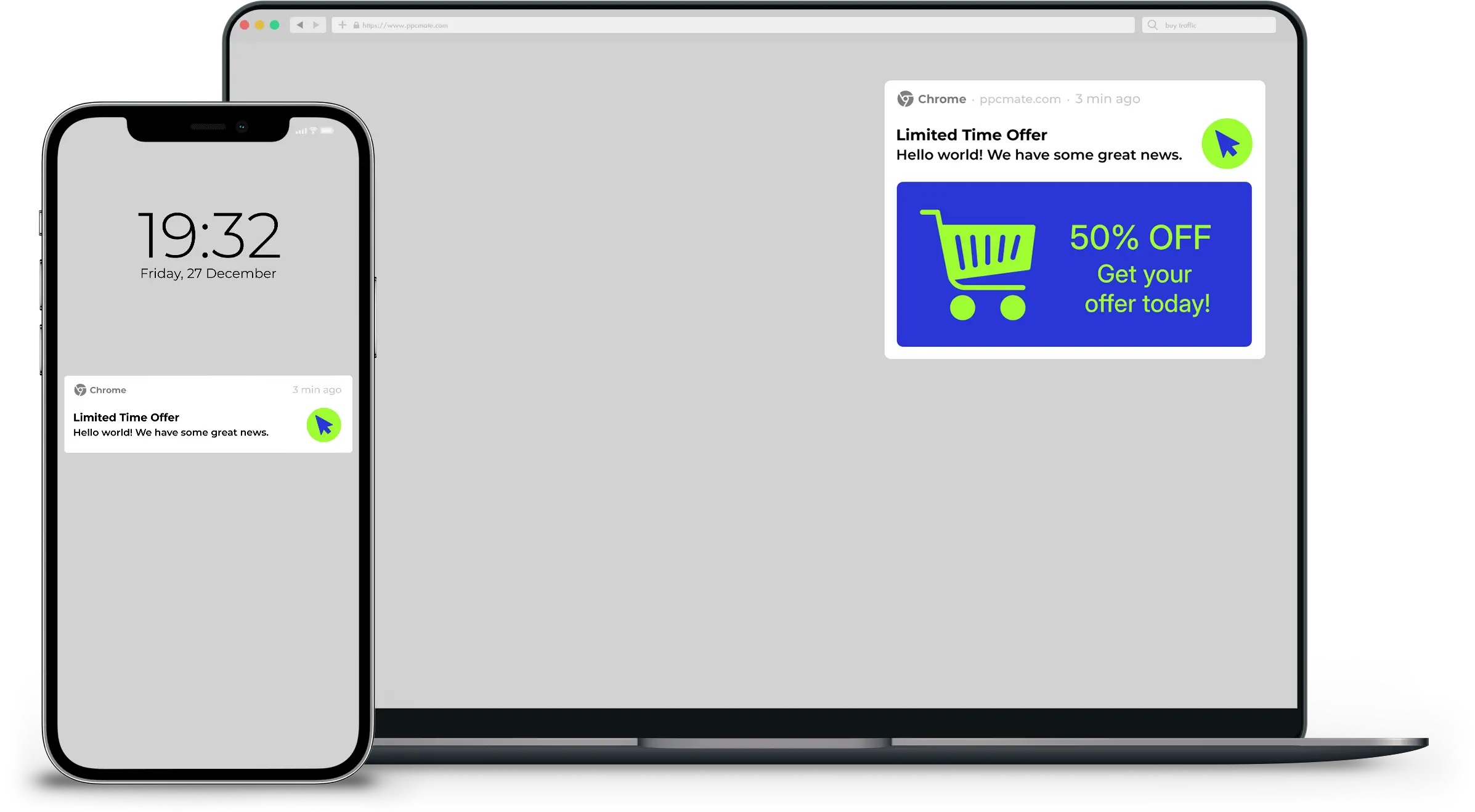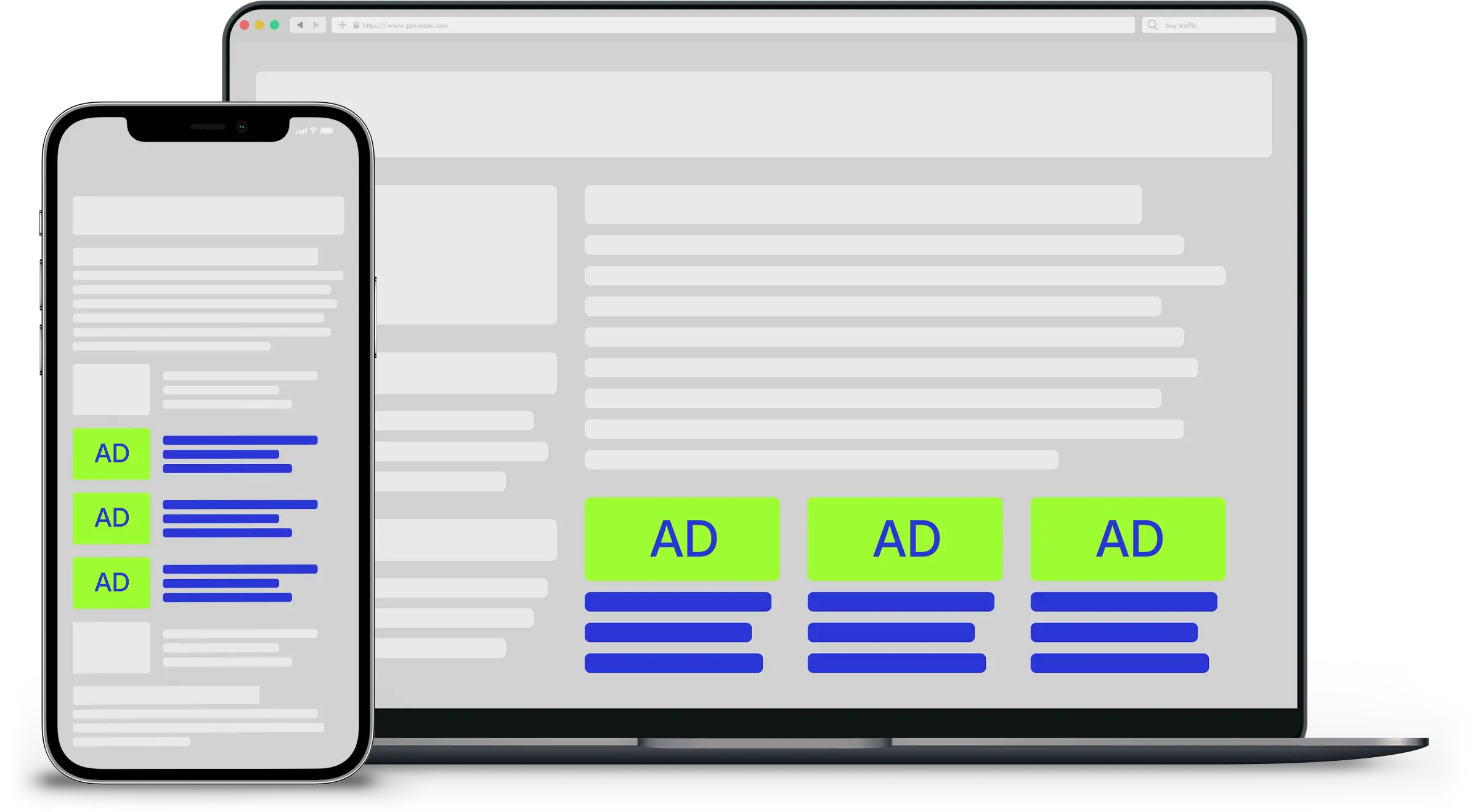When was the last time you checked your smartphone? If you’re like most people, it’s probably sitting next to you right now. Or it may even already be in your hand.
Mobile use has exploded in the last few years, with more people than ever relying on their smartphones for everything from Googling random facts to researching the best products to buy.
“Billions of times per day, consumers turn to Google for I-want-to-know, I-want-to-go, I-want-to-do, I-want-to-buy moments,” Jerry Dischler, VP of product management at AdWords, told me. “And, at these times, consumers are increasingly picking up their smartphones for answers.”
Google has a name for these moments: micro-moments. These are split seconds of time where consumers use their devices to act on a need. And this small window of opportunity offers huge potential for your brand.
Because 70 percent of mobile searches lead to timely action, your brand needs to be ready to ensure that the action your consumers take involves your brand. Making sure your content is easily found, accessible and relevant will help your brand capitalize on these micro-moments and make them work for you. Here are four steps to do just that:
1. Understand your consumer.
Before you can begin creating content, you need to first know what your consumers want. Who are they? What do they look like? Research their habits, preferences and demographics to get a sense of the type of person you are trying to attract to your brand.
Then, consider what types of questions they would ask before purchasing your product or service. Creating content that answers these questions will make it more likely that consumers will turn to your brand in those micro-moments.
2. Anticipate micro-moments.
Research shows that companies that take steps toward becoming “moments-ready” realize higher ROI in both mobile and overall marketing investment. To be moments-ready, yourself, understand when, where and why micro-moments occur for your consumer and how your brand fits in.
This goes back to those questions consumers ask before a purchase. For example, someone might do a Google search for the best pizza in New York City. Pizza restaurants located in the Big Apple, therefore, need to be ready for that micro-moment and do everything they can to ensure the consumer chooses their brand.
“It is in these moments that preferences are shaped and decisions are made,” Richard Flanagan, head of business marketing for Google Australia and New Zealand, told me.
There are tons of potential moments that could matter to your brand. It’s impossible to capitalize on all of them, so how do you choose? It goes back to your consumers and what they want. Don’t think just about the moment before they buy. Your brand should be there across the entire customer journey, so that at each stage, your relationship with the consumer grows stronger.
3. Be relevant.
So, how do you make sure your brand shows up in a consumer’s micro-moment? There are a number of factors involved, including following search-engine optimization best practices, but the main factor is the content you create.
Not only do you need to answer the right questions with your content, you need to ensure the content is easily digestible. It should be easy for your consumers to find the answers they’re looking for. You also need to make sure your content is educational and not too promotional.
With so little time to get your content across, if you can’t provide what your audience members want, they’ll turn to the next brand that can. In fact, 51 percent of smartphone users have purchased from a company or brand other than the one they intended to because the information those competitors provided was useful.
You also need to focus on the distribution of your content. It’s not enough to create a brilliant piece of content if no one can find it. Make sure you’re sharing content on the channels where your audience is.
4. Focus on the experience.
“With more computing power in our pockets than most of us had on our desks just a few years ago, our expectations have been massively raised. We expect everything right, and we expect it right away,” said Lisa Gevelber, vice president of marketing at Google.
Leveraging micro-moments isn’t just about creating the right kind of content. It’s also about ensuring that your consumer’s experience with a piece of content is as easy and smooth as possible.
You need to focus on creating a positive mobile experience with your brand. That means streamlining the process of downloading the piece of content and eliminating as many steps as possible. If consumers have to fill out an outrageously long form to get the information they need, they will quickly lose interest — and go somewhere else.
___
by SUJAN PATEL
source: Entrepreneur









